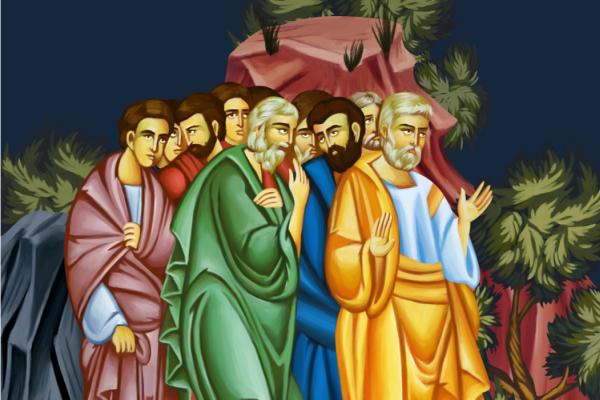THE WEEK OF JESUS’ resurrection is his first week home from prison after a very public arrest, trial, imprisonment, and death sentence. Jesus’ closest friends do not recognize him; they are frightened and mistake Jesus for everything from a ghost (Luke 24:37) to a thieving gardener (John 20:15).
Biblical interpreters have spent thousands of years trying to make sense of why the seemingly joyful event of Jesus’ resurrection is haunted by unrecognition. Many have presumed that Jesus rises from the grave with a body that is somehow different—flesh that bears the marks of the execution but has somehow been transformed. If Jesus has come back with a changed body, the argument goes, then the fear and lack of recognition that his disciples show toward him make sense.
Perhaps. But after many years of friendship with people who have been locked up and released, I have come to see that the stories of Jesus in the wake of his resurrection look startlingly like the experiences of every other formerly incarcerated person in the wake of his or her release. Miraculous bodies and transfigured flesh are not needed to explain the fear and awkward renegotiation of relationships that pervade the Easter stories: Jesus is home from prison, and his church simply doesn’t know what to do with him.
Read the Full Article

